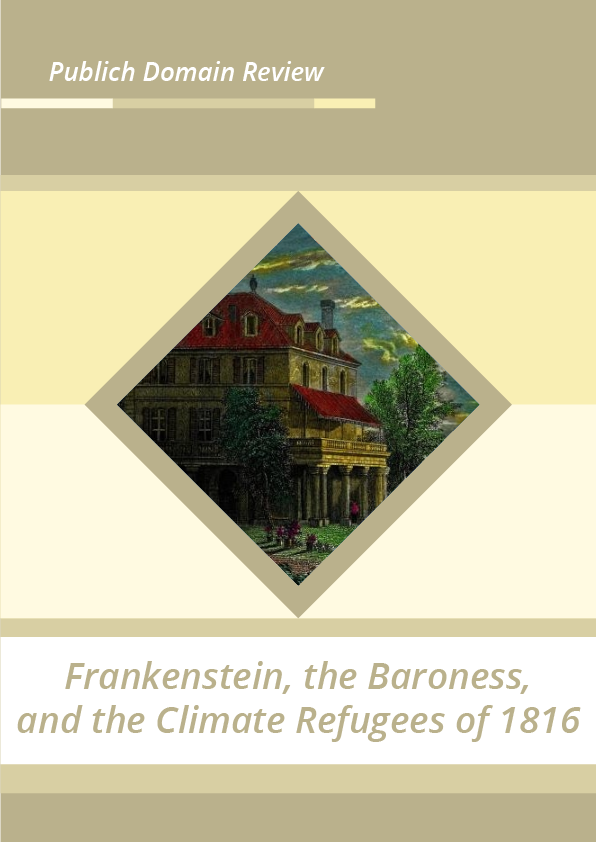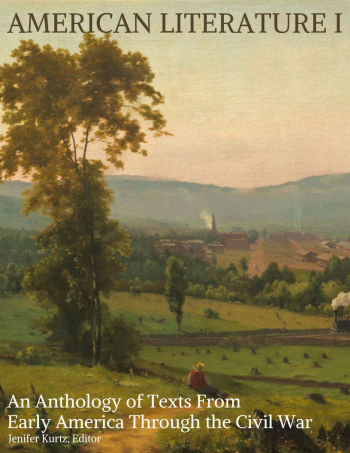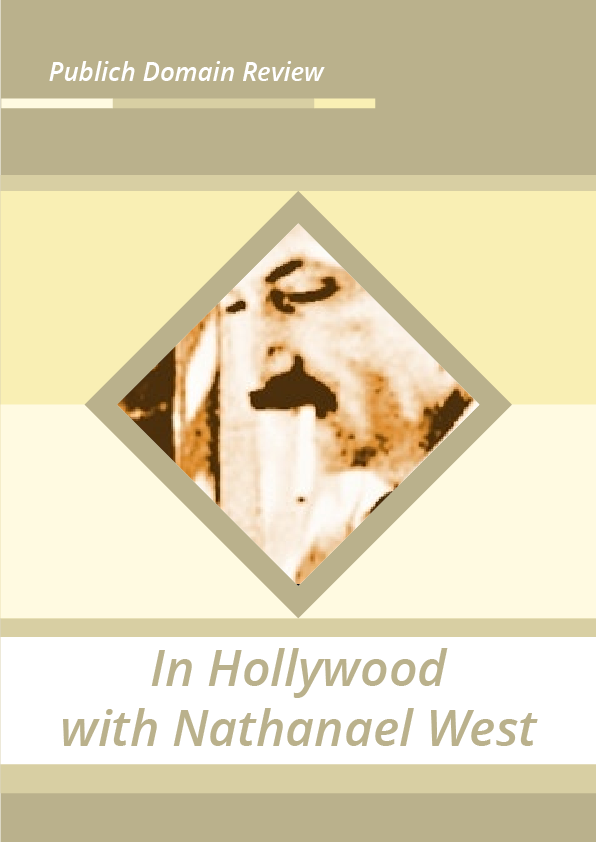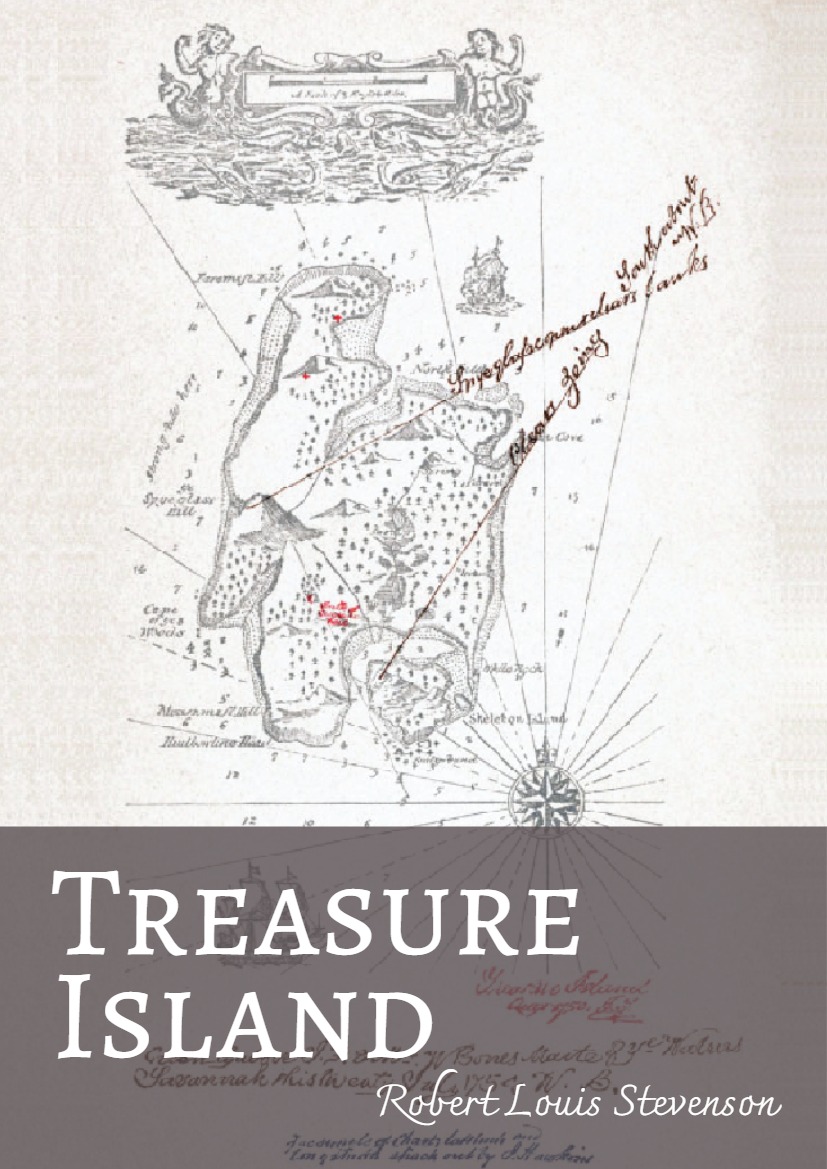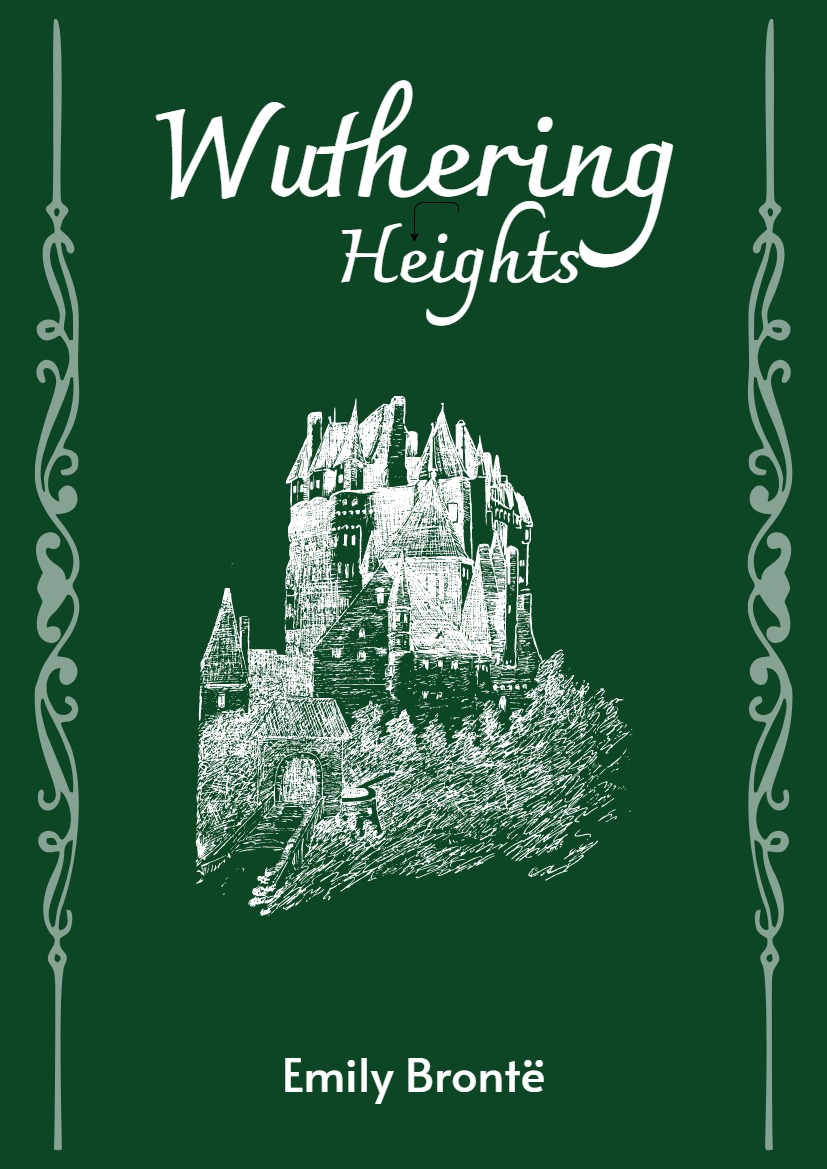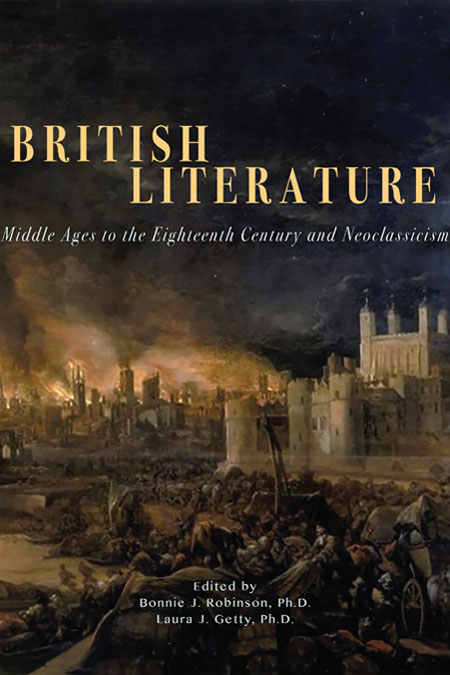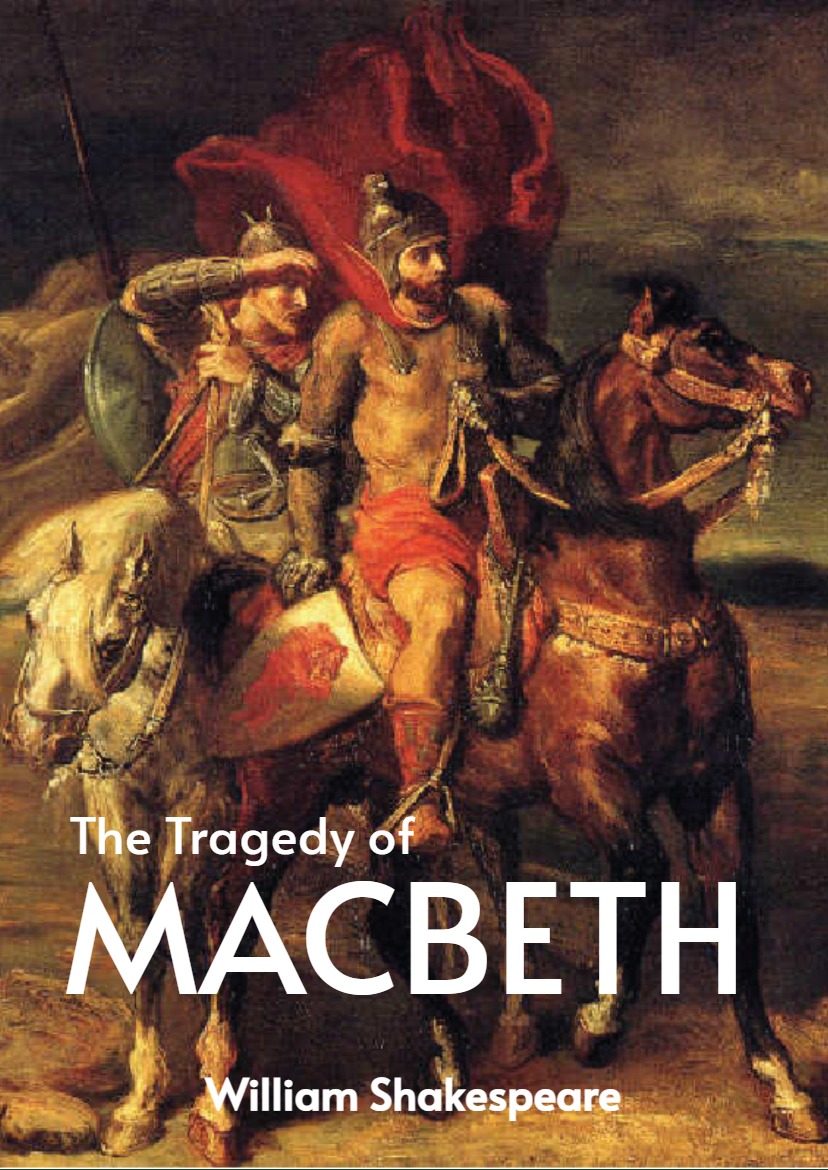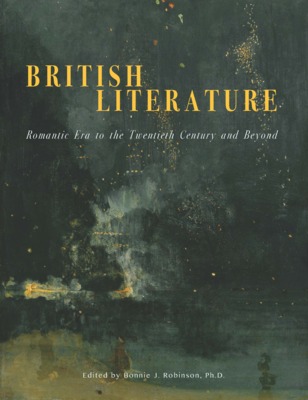It is two hundred years since “The Year Without a Summer”, when a sun-obscuring ash cloud — ejected from one of the most powerful volcanic eruptions in recorded history — caused temperatures to plummet the world over. Gillen D’Arcy Wood looks at the humanitarian crisis triggered by the unusual weather, and how it offers an alternative lens through which to read Mary Shelley’s Frankenstein, a book begun in its midst.
Deep in our cultural memory, in trace form, lies the bleak image of a summer two hundred years ago in which the sun never shone, frosts cruelled crops in the fields, and our ancestors, from Europe to North America to Asia, went without bread, rice, or whatever staple food they depended upon for survival. Perhaps they died of famine or fever, or became refugees. More likely, no record remains of what they suffered, except a faintly recalled reference in the tattered Rolodex of our minds. The year 1816 has, for generations, been known as “The Year Without a Summer”: the coldest, wettest, weirdest summer of the last millennium. If you read Frankenstein at school, you probably heard some version of the literary mythology behind that year. Mary Godwin (later Mary Shelley), having eloped with her poet-lover Percy Shelley, joins Lord Byron on the shores of Lake Geneva for a summer of love, boating, and Alpine picnics. But the terrible weather forces them inside. They take drugs and fornicate. They grow bored, then kinkily inventive. A ghost story competition is suggested. And boom! Mary Shelley writes Frankenstein.
Given this terrific story behind “The Year Without a Summer”, how strange that interpretations of Shelley’s novel almost entirely avoid the subject of 1816’s extreme weather. Call it English Department climate denial. More tellingly, our too-easy version of Frankenstein — oh, it’s all about technology and scientific hubris, or about industrialization — ignores completely the humanitarian climate disaster unfolding around Mary Shelley as she began drafting the novel. Starving, skeletal climate refugees in the tens of thousands roamed the highways of Europe, within a few miles of where she and her ego-charged friends were driving each other to literary distraction. Moreover, landlocked Alpine Switzerland was the worst hit region in all of Europe, producing scenes of social-ecological breakdown rarely witnessed since the hellscape of the Black Death.
Shelley’s miserable Creature, in the context of the 1816 worldwide climate shock, appears less like a symbol of technological overreach than a figure for the despised and desperate refugees crowding Switzerland’s market towns that year. Eyewitness accounts frequently refer to how hunger and persecution “turned men into beasts”, how fear of famine and disease-carrying refugees drove middle-class citizens to demonize these suffering masses as subhuman parasites, and turn them away in horror and disgust. Two hundred years on, in a summer of more record temperatures, and worldwide droughts, when refugees once again stream across the borders of German-speaking Europe, can we really afford to ignore this reading of Frankenstein as a climate change novel? The novel is a cultural treasure, but it doesn’t belong behind a glass case. It’s alive, like the monster itself. It’s on the loose in our world and our minds, stoking our darkest terrors. Shelley’s untameable tale of human pathos, suffering, and destruction is headline news: on the TV and internet, in a million images, filling well-fed, well-housed citizens with horror.
“The Year Without a Summer” is actually a misnomer. It criminally understates the agricultural calamity that engulfed Europe, North America, and the globe for three full years after the monster eruption of Mount Tambora in Indonesia in April 1815 spun a veil of volcanic dust around the Earth, blocking the sun. “Years Without a Summer” is at least more accurate, if not exactly hard-hitting as world-historical headlines go. 1816, 1817, and 1818. Three years of a global climate system gone haywire; floods and drought; storm tracks re-routed; ocean currents gone rogue; ruined crops; rampant disease; and a dull, meagre sun that seemed ready to fizzle out any moment. Historically speaking, the climate crisis was a “perfect storm” for Europe. It could not have come at a worse time. Twenty years of Napoleonic warfare had only just concluded on the bloody field of Waterloo. Economies were drained, trade relations in chaos, and now millions of demobilized soldiers were returning home, needing to be fed and put to work. A death toll is difficult to calculate for this immediate post-Waterloo period, but certainly tens of thousands perished from starvation and disease across Europe and the transatlantic zone, and perhaps a million worldwide.
